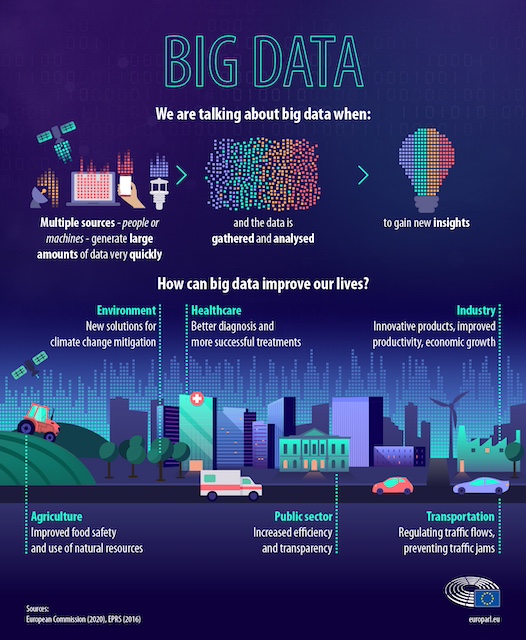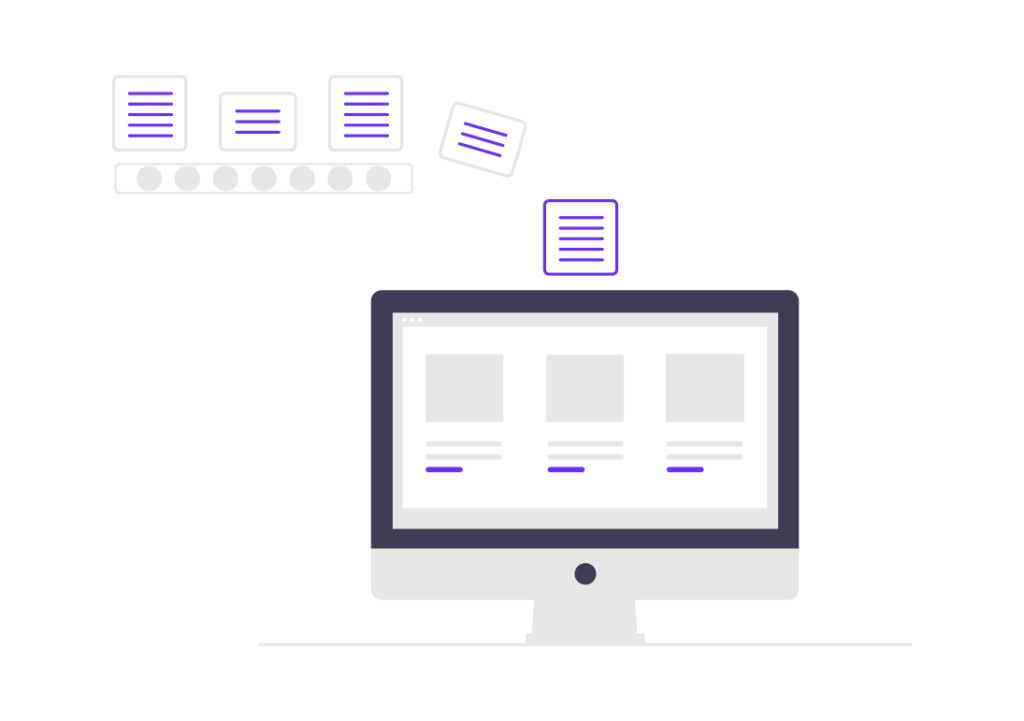Are you struggling to understand the ever-changing needs of your niche market? In a world where data is king, leveraging big data for niche markets is not just an option, it’s a necessity for staying ahead of the curve.
Imagine being able to predict market trends, understand your customer’s deepest needs, and outmaneuver your competition precisely. This is not a distant dream but a very achievable reality with the power of Big Data.
But what if I told you that Big Data could be your most trusted ally in niche market analysis? From uncovering hidden patterns to revealing customer behaviors, Big Data opens a world of opportunities. It’s not just about handling large volumes of data; it’s about extracting meaningful insights that can catapult your business to new heights.
In this article, I’ll cover how Big Data can transform your approach to niche market analysis. Moreover, this guide will equip you with the knowledge and tools to harness the true potential of Big Data in your niche.
Let’s dive in!
Understanding Big Data and Niche Markets

Big Data isn’t just a buzzword; it’s the gold mine of information you’ve been looking for. Imagine having insights into every tweet, every customer review, and even patterns in online behavior. That’s what Big Data offers, including the ability to manage unstructured data effectively. But how do you make this massive amount of data work for you, especially when you’re targeting a specific niche?
Niche markets are like hidden gems. They’re specific, often underserved segments of a larger market, and they’re waiting for someone like you to discover and cater to their unique needs. But to do this effectively, you need to understand them inside out. This is where Big Data comes into play.
You should probably begin by identifying your niche market and asking, “What data is relevant to them?” This could be social media trends, online purchase patterns, or even customer feedback. Tools like Google Analytics, social listening platforms, or customer surveys can be your starting point.
Once you’ve got the data, you need to know what it means. This is where analysis tools step in. Use tools like Google Trends to visualize data trends. Look for patterns – what’s common among your niche audience? Are there unmet needs or pain points you can address?
Predictive analytics tools can help you forecast upcoming trends in your niche market. Specialised tools can predict customer behavior, helping you stay one step ahead.
Look at how other businesses successfully leveraged data to spot trends. How did a small cosmetic brand identify a gap in eco-friendly products? How did a tech company foresee the rise in remote working tools? These stories can inspire your strategy.
I’ll provide you with more information about this in the following sections.
Related:
- SEO For Niche Markets: A Complete Guide
- 5 Effective niche marketing techniques for e-commerce websites
- Advantages of Niche Marketing And How it Can Help your Business Growth
Techniques for Collecting and Analyzing Big Data

Navigating the world of Big Data can feel like venturing into a jungle. But don’t worry! I’m here to guide you through it step by step. Let’s break down the process of collecting and analyzing Big Data to give you clear, actionable strategies.
- Identify Your Niche Market: Start by pinpointing exactly who your niche market is. Are they eco-conscious parents? Tech-savvy teenagers? Each niche has unique characteristics and needs.
- Determine Your Data Needs: Ask yourself what you need to know about your niche. Are you looking for purchasing habits, lifestyle choices, or something else? This will shape your data collection strategy.
- Surveys and Questionnaires: Directly ask your audience what they want. Tools like Google Forms or SurveyMonkey can help. Keep surveys short and sweet to increase response rates.
- Social Media Analytics: Platforms like Facebook Insights or Twitter Analytics offer a goldmine of data. Look for trends in comments, shares, and likes to understand what your niche is talking about.
- Web Analytics: Tools like Google Analytics can show you how users interact with your website. Which pages are they spending time on? What’s driving them away?
- Customer Feedback: Never underestimate the power of listening to your customers. Feedback forms, online reviews, and direct emails can provide invaluable insights.
- Data Management Tools: Once you’ve collected data, you need to store it effectively. Cloud storage solutions like Amazon Web Services (AWS) or Microsoft Azure can be great options.
- Data Cleaning: This is crucial. Remove duplicate, incomplete, or irrelevant data to ensure accuracy in your analysis. Tools like OpenRefine can help with this.
- Data Visualization Tools: Turn your data into easy-to-understand visuals. Tools like Tableau or Microsoft Power BI can help you create graphs and charts that make data trends clear.
- Look for Patterns and Correlations: Are there common behaviors or preferences in your niche market? Maybe a correlation between age and product preference? These insights can be game-changers for your strategy.
- Segmentation: Break down your data into smaller segments for more detailed analysis. For example, you might segment by age, location, or purchasing habits.
- Interpret the Data: This is where the magic happens. Use your analysis to draw conclusions about your niche market. What are their pain points? What drives their decisions?
- Actionable Strategies: Turn your insights into action. Maybe you’ve discovered a gap in the market, or an unmet need your product can fulfill. Use these insights to guide your marketing and product development strategies.
- Stay Agile: Remember, markets evolve. Regularly revisit and update your data collection and analysis methods to stay relevant.
- Feedback Loop: Implement strategies based on your findings, then collect more data to see how well they’re working. It’s a continuous loop of learning and improvement.
Identifying Niche Market Trends with Big Data

Big Data isn’t just about numbers and charts; it’s a crystal ball into upcoming trends and opportunities. In this section, I’ll share how you can use Big Data to spot and capitalize on emerging trends in your niche market.
Predictive analytics isn’t just fancy jargon; it’s your key to predicting future trends. By analyzing patterns and behaviors in your data, you can forecast what your niche market might be leaning towards.
So get your hands on tools like IBM SPSS or SAS. These powerful platforms can help you analyze past trends to predict future ones.
Your niche market is talking, but are you listening? Social media platforms are a live feed into your audience’s thoughts and preferences.
Use tools like Hootsuite or BuzzSumo to keep an ear to the ground. What topics are trending among your audience? Any emerging themes or discussions?
Every click, like, and purchase tells a story. Tools like Google Analytics can help you track and understand these digital footprints.
Look for patterns in how your niche interacts with your website or products. Are certain pages getting more traction? Is there a product that’s suddenly become popular?
Sometimes, your competitors can inadvertently lead you to trends. Tools like SEMrush or Ahrefs can help you see what your competitors are doing and what’s working for them.
But don’t just spy on your competitors; learn from them. Are they introducing new products? Have they changed their marketing approach? These could be indicators of emerging trends.
Big Data gives you the what, but sometimes you need the why. Combine data insights with human intuition and expertise. Talk to your sales team, customer service, or even directly to customers.
Use data as a tool, not the sole decision-maker. Let it inform your strategies but always add a layer of human understanding and creativity.
Got a hunch about a trend? Test it out. Run small-scale campaigns or introduce limited-edition products to gauge response.
You can use the feedback from these tests to adapt and refine your approach. Remember, not all trends will pan out, and that’s okay. It’s all part of the learning process.
Big data for niche markets: Conclusion
As we’ve explored, the strategic use of Big Data is more than just a trend; it’s an essential component in understanding and responding to the unique dynamics of niche markets. By embracing the techniques and insights discussed, businesses and individuals can unlock a world of opportunities, from predicting emerging trends to tailoring products and services that resonate deeply with their target audience.
The journey through Big Data in niche market analysis is an exciting and continuously evolving one, and those who adeptly navigate this landscape are poised to reap significant rewards. The future is data-driven, and with the right approach, the possibilities are limitless.
